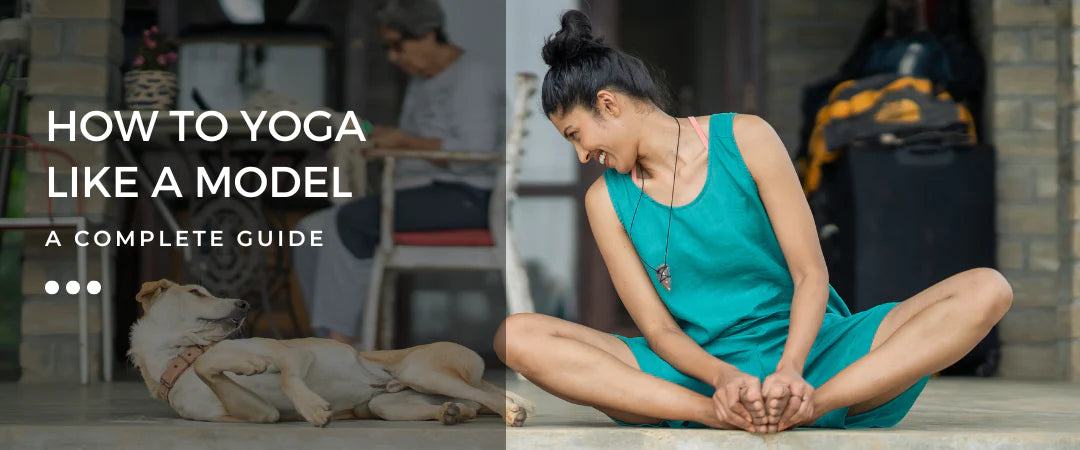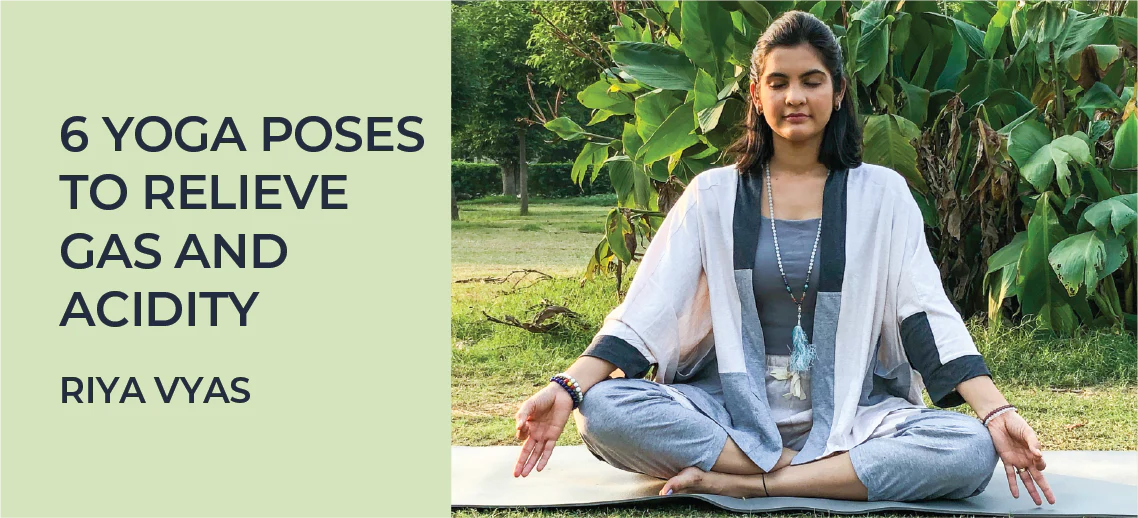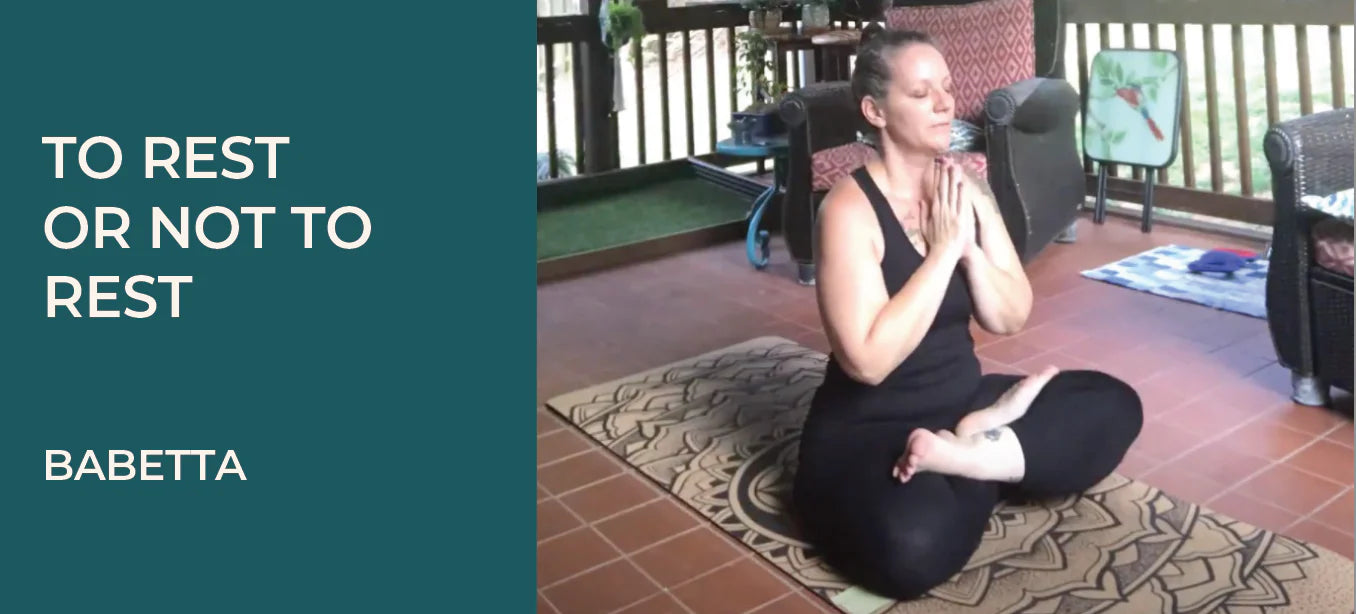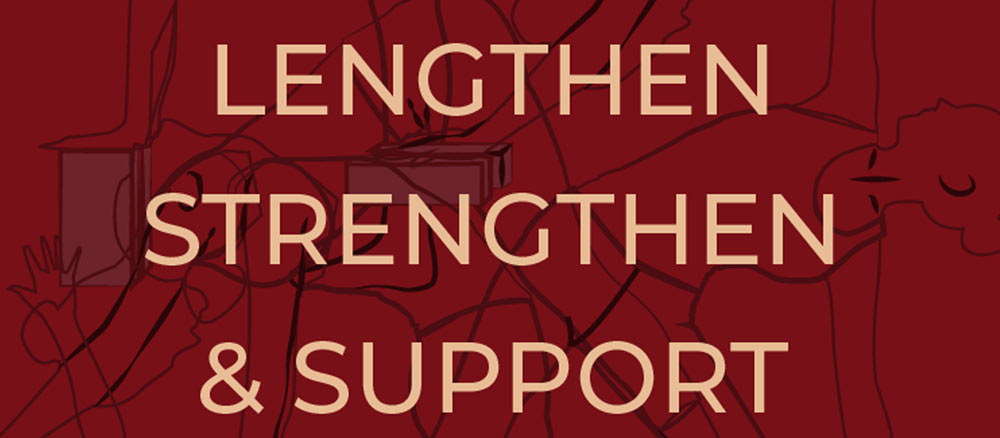I have had this mat for 5 years. I use it rigorously nearly everyday. It has traveled countries with me, go grippy and looks like new even after 5 years. No odor. Sustainable. I love it so so much.
i would have liked to wait to send my review after a full year of use but already i can tell that i really like it.
The grip is amazing!
Moreover it still has a nice cushioning so i can ejoy being on my knees.
i like its colour and smell too
These pants are very comfortable and the material is super soft and breathable.
The fabric is so soft, still it holds its shape and colour very nicely.
We got already few of them and they last for a really long time despite being washed and worn a lot







 The standing forward fold provides a good stretch for the hips, hamstrings, and calves while strengthening the thighs and knees. However if you have a stiff back or tight calves and hamstrings, reaching your fingers to the floor can seem like a daunting task.
The standing forward fold provides a good stretch for the hips, hamstrings, and calves while strengthening the thighs and knees. However if you have a stiff back or tight calves and hamstrings, reaching your fingers to the floor can seem like a daunting task.  This is the asana that inspired our logo
This is the asana that inspired our logo  The Camel Pose works wonders for the back body. It improves spinal flexibility, opens up the hips and adds flexibility to the upper back and shoulders. It also works towards opening the chest area of the body. However, a tight pelvic area, shoulders and arms prevent you from experiencing the benefits of this pose.
The Camel Pose works wonders for the back body. It improves spinal flexibility, opens up the hips and adds flexibility to the upper back and shoulders. It also works towards opening the chest area of the body. However, a tight pelvic area, shoulders and arms prevent you from experiencing the benefits of this pose.
Radhika Contractor
March 05, 2021
To the wonderful world of Proyog,
I have been using Proyog since the past 4 years. My favourites are Vriksh Pants (please don’t discontinue that) and Trikon top. I wear these for yoga as well as my cardio. In fact my sister and sister inlaw too use these. I just placed another order today trying some new styles and am super excited about it. I have watched with complete pleasure how the company is growing and evolving. How more products, styles, information is being added. I am super proud of you Mallika and what you and your company have achieved till date. My best wishes for continued growth and success. An ardent proyog user.Radhika